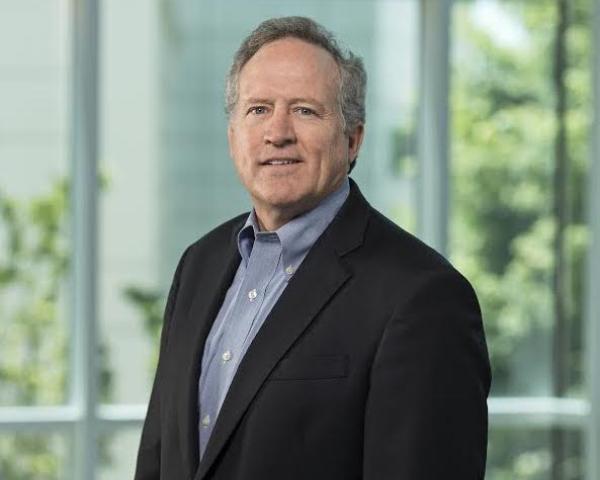As life insurance and annuity carriers pursue greater market share and growth, a potential solution sits before them: M&A activity. This transactional path, leading to deep consolidation in the life insurance and annuity (L&A) sector in the U.S., is stoking much debate and discussion in company boardrooms.
The hunt for elusive growth and profitability for carriers in the U.S. has many players, creating a crowded marketplace for possible consolidation. The multi-headed acquirers come in three dominant forms: large insurance companies, private equity (PE) investors and foreign acquirers, driven largely by the Chinese and Japanese.
Insurance carriers intimately know about their competition and what companies in the sector would mesh well within their operations. Executives have the greatest amount of specific industry expertise and therefore can understand the pros and cons in a specific combination.
See also: How Life Insurance Agents Can Be Ready
Private equity investors have been turning to the life insurance and annuity field for several years to provide consistent returns, as these companies have predictable cash flows. Through these investments, investors can strengthen their returns for assets under management with steady growth. One caveat to this investment approach is the concern of the increasing regulatory state and federal pressures, as navigating through 50 individual state regulatory guidelines can be burdensome and difficult if a company moves out of a state and into a new one.
Foreign countries like China and Japan continue exploring opportunities to increase their presence in the U.S., the world’s largest insurance market. Reasons abound: Japanese insurance companies have found U.S. acquisition targets appealing to offset the aging of Japan’s population and to provide a more attractive interest rate environment. Chinese companies have been snapping up foreign companies, including in the U.S., searching for yield on their capital and economic growth.
Several reasons exist for this trend of M&A activity.
- Buyers are motivated by the current low-interest-rate environment and the opportunity to expand their assets and book of business. This has always been an essential piece of the M&A discussion as market conditions must be favorable to make any transaction worth its while.
- Sellers are suffering from the low return on their capital. By exiting less profitable lines of business, they can reallocate their capital for use in other capacities. As contemplation of one’s business clarifies, many carriers may conclude that selling, rather than buying, assets is the chosen path. Selling could stabilize or enhance a company’s bottom line as the capital obtained in a sale can be reinvested in its existing operations or be put to use for another potential acquisition.
- Increasing regulations are restricting the ability of companies to productively run their businesses; thus, they are looking for exits. Companies are often stymied by the sheer weight of complying with and managing regulations. Exiting businesses can become appealing.






